Effect of Sintering Parameters on the Mechanical Properties and Wear Performance of Alumina Inserts
Abstract
:1. Introduction
2. Materials and Methods
3. Results
4. Conclusions
- The sample with a trapezium shape demonstrated more shrinkage at the top surface (X–Y axis) as compared to the round shape. The larger top surface area that was exposed to the sintering heat provided more grain expansion, densification, and porosity reduction in the alumina’s structure.
- The maximum relative density of 91.3% was obtained when using a sintering parameter of 1400 °C and a holding time of 9 h. With the higher density of the ceramic compact, it was expected that the particles were packed close to each other with a lower porosity inside the structure.
- The fabricated alumina cutting tools exhibited a tool life of 35 s, which indicated that the cutting tool was capable of withstanding a high mechanical and thermal load during machining with AISI 1045 carbon steel.
- The dominant wear mechanisms for the fabricated alumina cutting tool when machined with AISI 1045 carbon steel appeared to be notch wear, abrasive wear, and chipping.
Author Contributions
Funding
Data Availability Statement
Acknowledgments
Conflicts of Interest
References
- Wahab, N.; Inatsugu, Y.; Kubota, S.; Kim, S.; Sasahara, H. An integral method to determine workpiece flow stress and friction characteristics in metal cutting. Int. J. Autom. Technol. 2015, 9, 775–781. [Google Scholar] [CrossRef]
- Xie, W.; Fang, F. Effect of tool edge radius on material removal mechanism in atomic and close-to-atomic scale cutting. Appl. Surf. Sci. 2020, 504, 144451. [Google Scholar] [CrossRef]
- Liu, C.; He, Y.; Wang, Y.; Li, Y.; Wang, S.; Wang, L.; Wang, Y. Effects of process parameters on cutting temperature in dry machining of ball screw. ISA Trans. 2020, 101, 493–502. [Google Scholar] [CrossRef] [PubMed]
- Dogra, M.; Sharma, V.S.; Dureja, J. Effect of tool geometry variation on finish turning—A Review. J. Eng. Sci. Technol. Rev. 2011, 4, 1–13. [Google Scholar] [CrossRef]
- Sarikaya, M.; Kumar, G.M.; Tomaz, I.; Danish, M.; Mia, M.; Rubaiee, S.; Jamil, M.; Danil, Y.P.; Khanna, N. Cooling techniques to improve the machinability and sustainability of light-weight alloys: A state-of-the-art review. J. Manuf. Process. 2021, 62, 179–201. [Google Scholar] [CrossRef]
- Manshor, H.; Azhar, A.Z.A.; Rashid, R.A.; Sulaiman, S.; Abdullah, E.C.; Ahmad, Z.A. Effects of Cr2O3 addition on the phase, mechanical properties, and microstructure of zirconia-toughened alumina added with TiO2 (ZTA–TiO2) ceramic composite. Int. J. Refract. Hard. Met. 2016, 61, 40–45. [Google Scholar] [CrossRef]
- Filipović, S.; Obradović, N.; Marković, S.; Mitrić, M.; Balać, I.; Đorđevićd, A.; Pavlović, V. The effect of ball milling on properties of sintered manganese-doped alumina. Adv. Powder Technol. 2019, 30, 2533–2540. [Google Scholar] [CrossRef]
- Mondal, B.; Mandal, N.; Doloi, B. Development of Ce-PSZ-/Y-PSZ-toughened alumina inserts for high-speed machining steel. Int. J. Appl. Ceram. Technol. 2014, 11, 228–239. [Google Scholar] [CrossRef]
- Singh, B.K.; Mondal, B.; Mandal, N. Machinability evaluation and desirability function optimization of turning parameters for Cr2O3 doped zirconia toughened alumina (Cr-ZTA) cutting insert in high speed machining of steel. Ceram. Int. 2016, 42, 3338–3350. [Google Scholar] [CrossRef]
- Manshor, H.; Abdullah, E.C.; Azhar, A.Z.A.; Sing, Y.W.; Ahmad, Z.A. Microwave sintering of zirconia-toughened alumina (ZTA)-TiO2-Cr2O3 ceramic composite: The effects on microstructure and properties. J. Alloys Compd. 2017, 722, 458–466. [Google Scholar] [CrossRef]
- Lóh, N.J.; Simão, L.; Jiusti, J.; Arcaro, S.; Raupp-Pereira, F.; De Noni, A., Jr.; Montedo, O.R.K. Densified alumina obtained by two-step sintering: Impact of the microstructure on mechanical properties. Ceram. Int. 2020, 46, 12740–12743. [Google Scholar] [CrossRef]
- Hadzley, A.B.; Afuza, A.A.; Faiz, M.M.; Azlan, U.A.A.; Hassan, M.H.; Nursyasya, S. Investigation of properties of alumina based cutting tool under different sintering temperature and soaking time. In Proceedings of the International Symposium of Manufacturing and Industrial Engineering (MIE 2019), Melaka, Malaysia, 14–16 December 2019. [Google Scholar]
- Zadorozhnaya, O.Y.; Khabas, T.A.; Tiunova, O.V.; Malykhin, S.E. Effect of grain size and amount of zirconia on the physical and mechanical properties and the wear resistance of zirconia-toughened alumina. Ceram. Int. 2020, 46, 9263–9270. [Google Scholar] [CrossRef]
- Sktani, Z.D.I.; Rejab, N.A.; Ahmad, Z.A. Tougher and harder zirconia toughened alumina (ZTA) composites through in situ microstructural formation of LaMgAl11O19. Int. J. Refract. Met. Hard Mater. 2019, 79, 60–68. [Google Scholar] [CrossRef]
- Shah, D.; Bhavsar, S. Effect of Tool Nose Radius and Machining Parameters on Cutting Force, Cutting Temperature and Surface Roughness—An Experimental Study of Ti-6Al-4V (ELI). Mater. Today Proc. 2020, 22 Pt 4, 1977–1986. [Google Scholar] [CrossRef]
- Adam, A.A.; Hadzley, A.B.; Anis, A.A.; Norfauzi, T.; Umar, A.A.; Herawan, S.G. Fabrication and Wear Behavior of Alumina Based Cutting Tools on Machining AISI 1045. In Proceedings of the 7th International Conference and Exhibition on Sustainable Energy and Advanced Materials (ICE-SEAM 2021), Melaka, Malaysia, 23 November 2021; pp. 141–144. [Google Scholar]
- Kalemtas, A. Effect of the sintering temperature on the fabrication of alumina beads. Mater. Sci. Res. India 2019, 16, 125–135. [Google Scholar] [CrossRef]
- Moon, S.-H.; Lee, C.-M. A study on the machining characteristics using plasma assisted machining of AISI 1045 steel and Inconel 718. Int. J. Mech. Sci. 2018, 142–143, 595–602. [Google Scholar] [CrossRef]
- Chen, S.; Wang, C.-S.; Zheng, W.; Wu, J.-M.; Yan, C.-Z.; Shi, Y.-S. Effects of particle size distribution and sintering temperature on properties of alumina mold material prepared by stereolithography. Ceram. Int. 2022, 48, 6069–6077. [Google Scholar] [CrossRef]
- Elsen, S.R.; Ramesh, T. Shrinkage characteristics studies on conventional sintered zirconia toughened alumina using computed tomography imaging technique. Int. J. Refract. Met. Hard Mater. 2016, 54, 383–394. [Google Scholar] [CrossRef]
- Azhar, A.Z.A.; Choong, C.L.; Mohamed, H.; Ratnam, M.M.; Ahmad, Z.A. Effects of Cr2O3 addition on the mechanical properties, microstructure and wear performance of zirconia-toughened-alumina (ZTA) cutting inserts. J. Alloys Compd. 2012, 513, 91–96. [Google Scholar] [CrossRef]
- Galusek, D.; Ghillányová, K.; Sedláček, J.; Kozánková, J.; Šajgalík, P. The influence of additives on microstrucutre of sub-micron alumina ceramics prepared by two-stage sintering. J. Eur. Ceram. Soc. 2012, 32, 1965–1970. [Google Scholar] [CrossRef]
- Li, H.; Liu, Y.; Colombo, P.; Li, W.; Liu, Y.; Hu, K.; Lu, Z. The influence of sintering procedure and porosity on the properties of 3D printed alumina ceramic cores. Ceram. Int. 2021, 47, 27668–27676. [Google Scholar] [CrossRef]
- Yin, Z.; Huang, C.; Yuan, J.; Zou, B.; Liu, H.; Zhu, H. Cutting performance and life prediction of an Al2O3/TiC micro–nano-composite ceramic tool when machining austenitic stainless steel. Ceram. Int. 2015, 41, 7059–7065. [Google Scholar] [CrossRef]
- Liu, C.; Sun, J. Effect of load on friction and wear behaviors of alumina matrix ceramic guideway materials. J. Alloys Compd. 2018, 743, 268–273. [Google Scholar] [CrossRef]
- Wang, D.; Xue, C.; Cao, Y.; Zhao, J. Fabrication and cutting performance of an Al2O3/TiC/TiN ceramic cutting tool in turning of an ultra-high-strength steel. Int. J. Adv. Manuf. Technol. 2017, 9, 1967–1969. [Google Scholar] [CrossRef]
- Abd Maleque, M.; Harina, L.; Bello, K.; Azwan, M.; Rahman, M.M. Tribological properties of surface modified Ti-6Al-4V alloy under lubricated condition using Taguchi approach. J. Tribol. 2017, 17, 15–28. [Google Scholar]
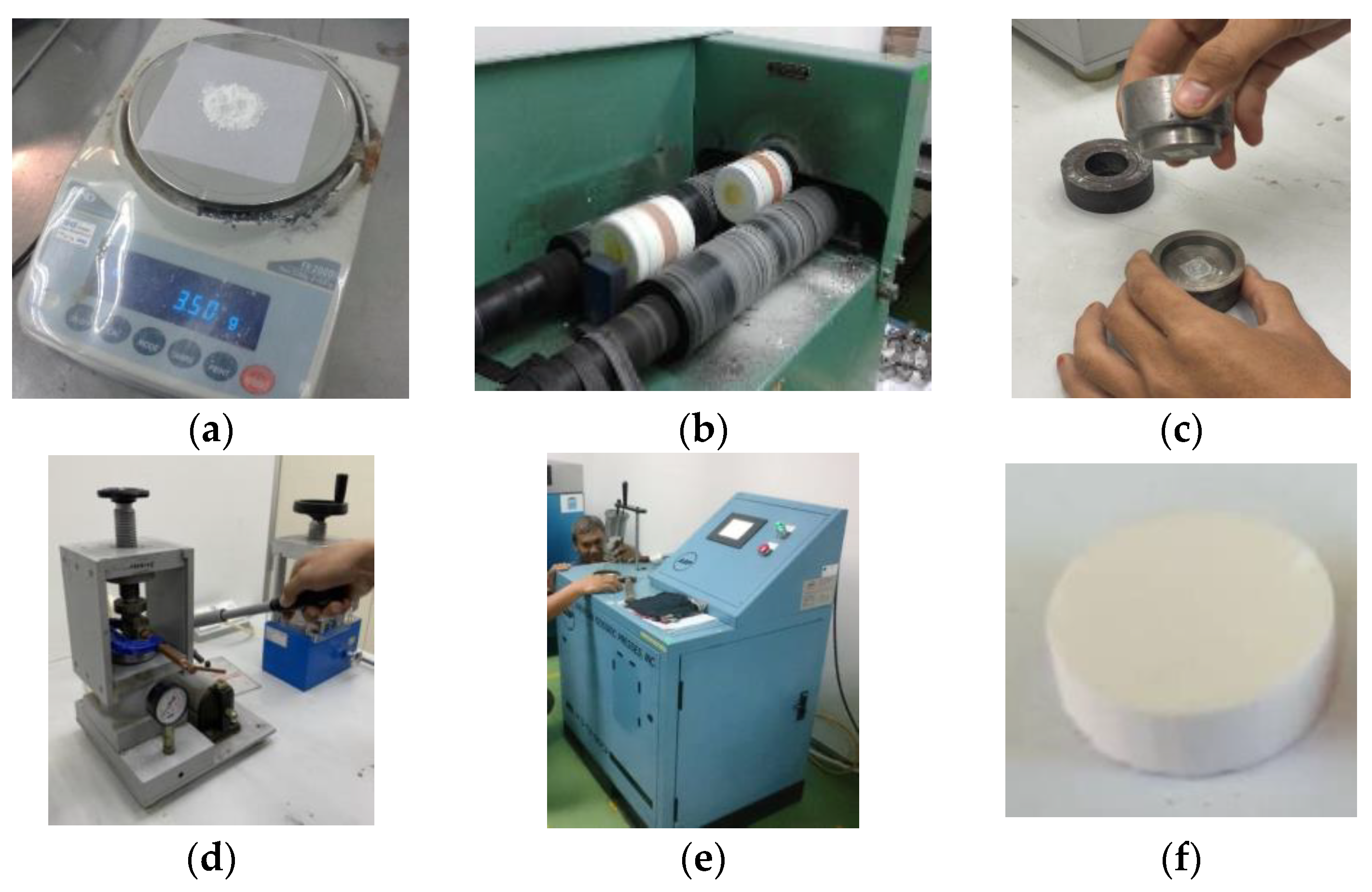
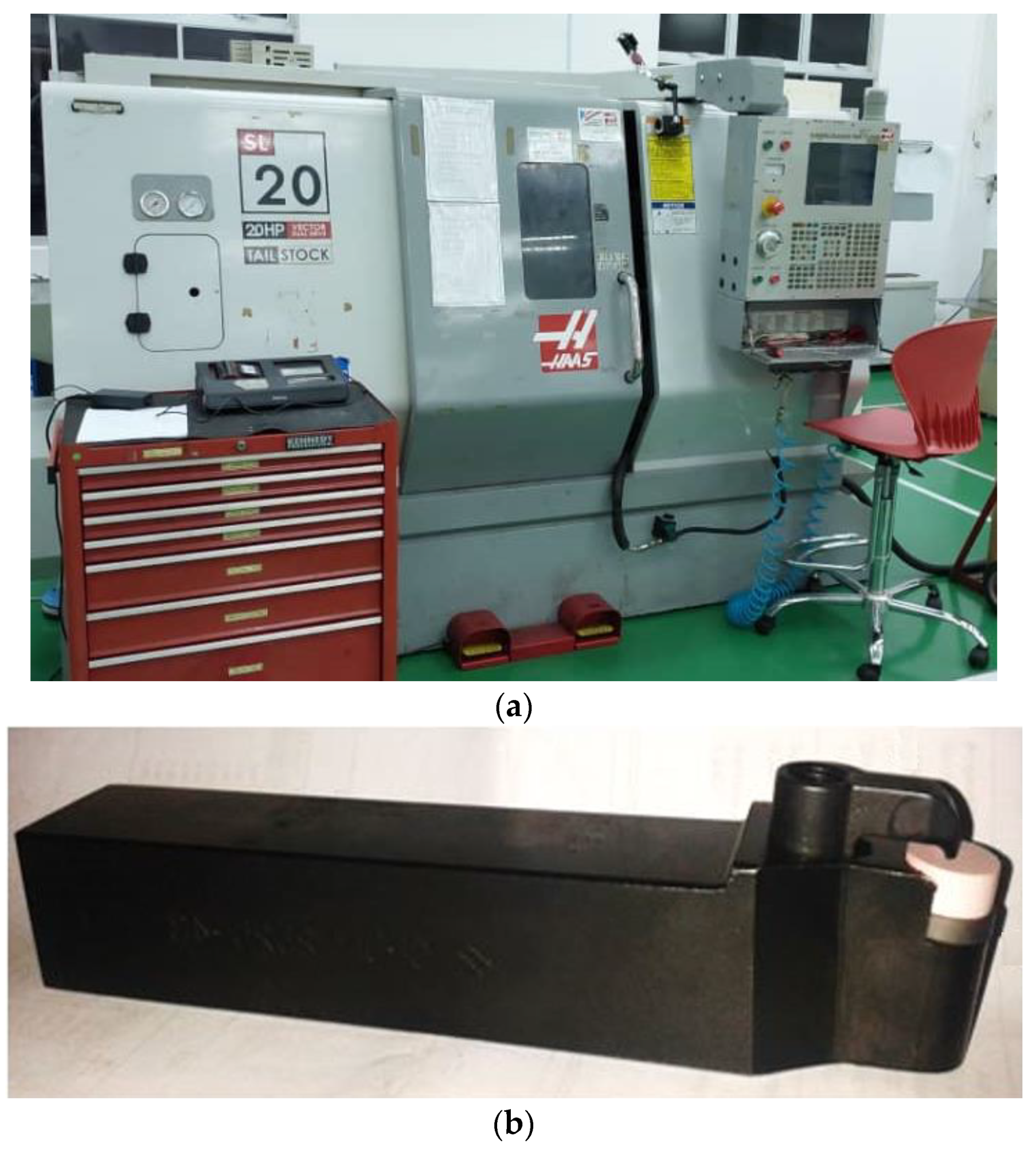

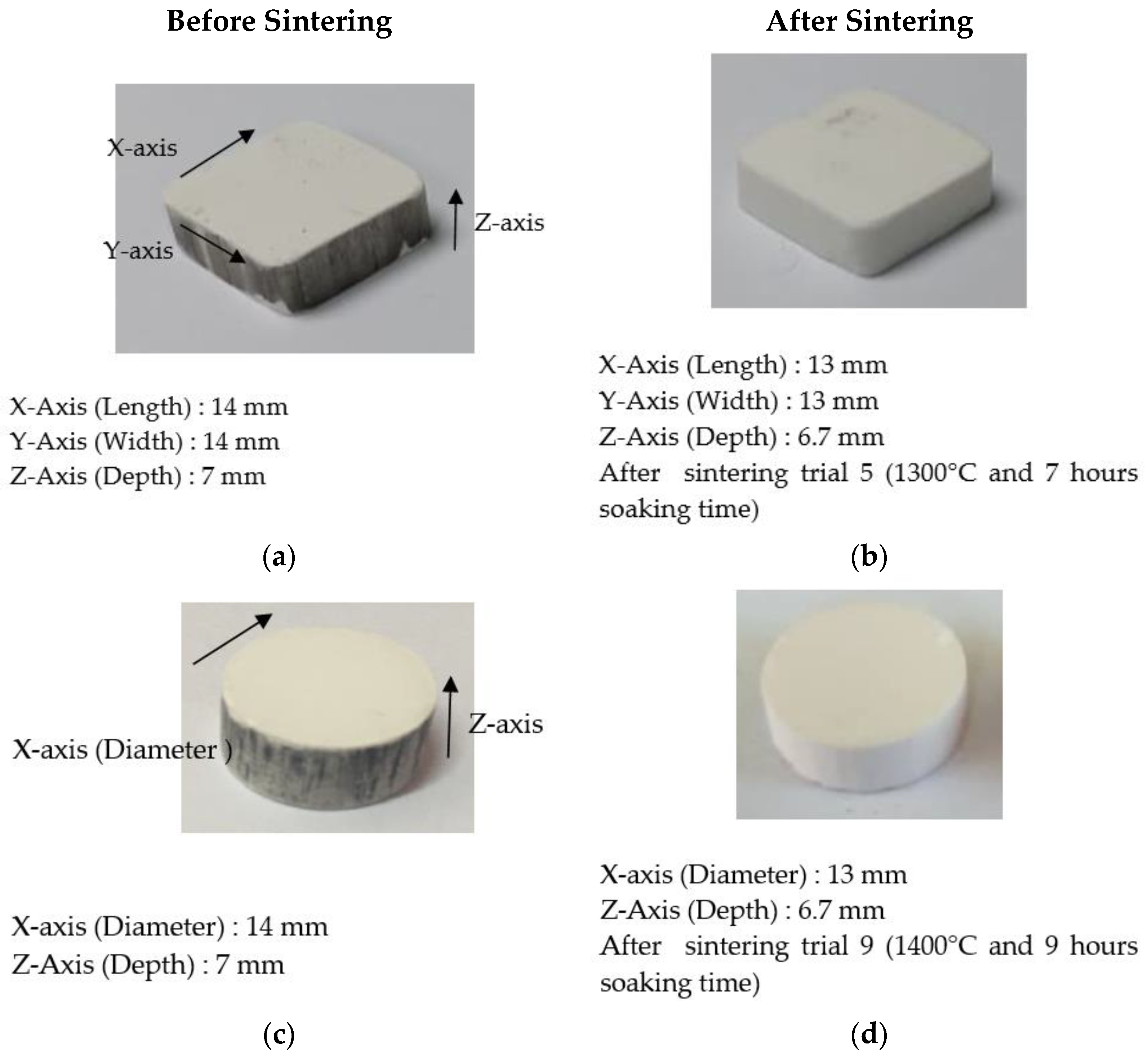
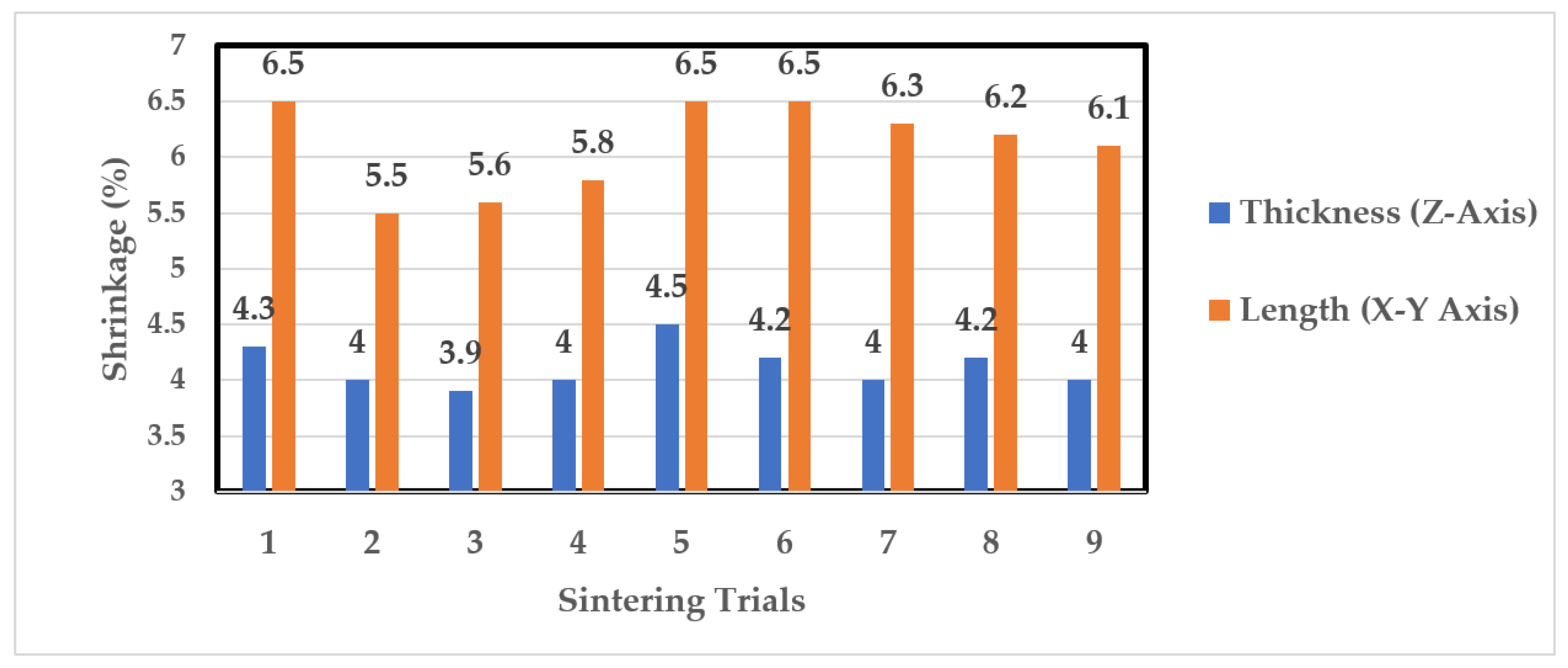
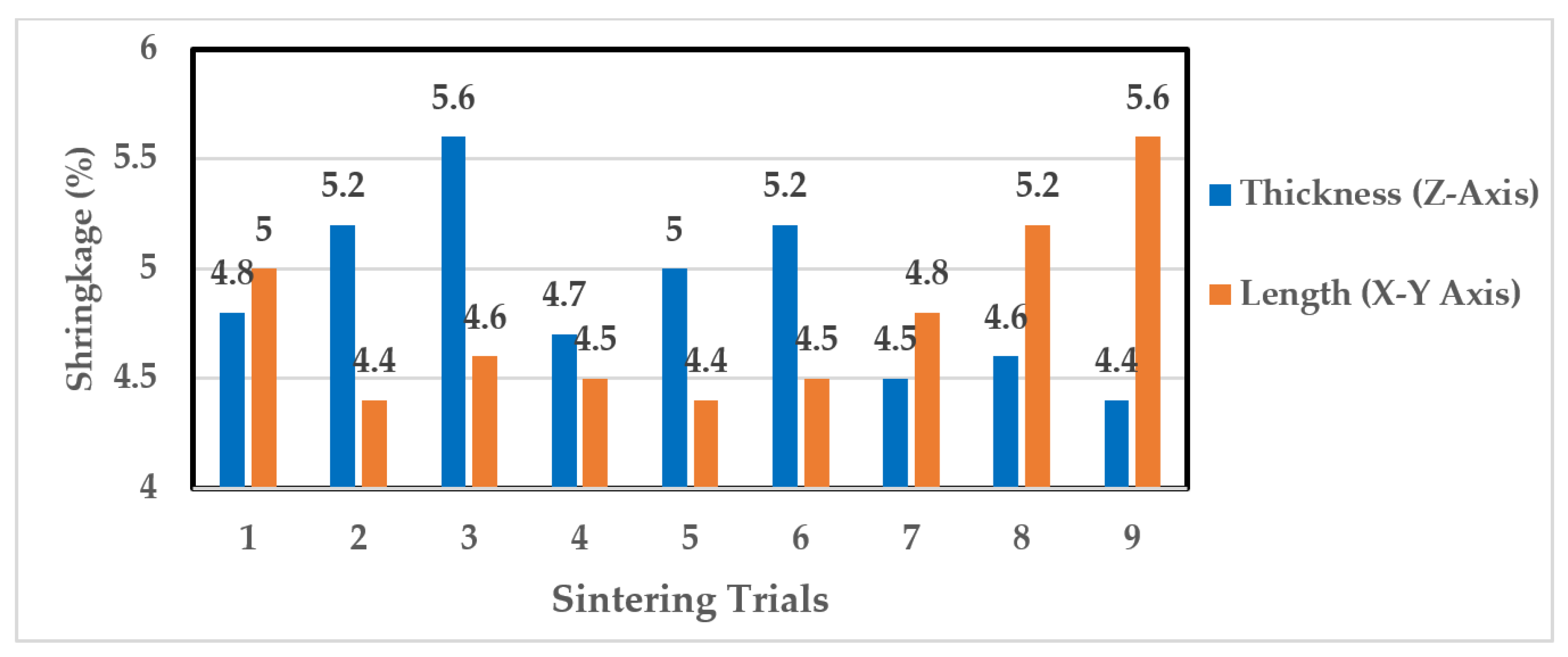

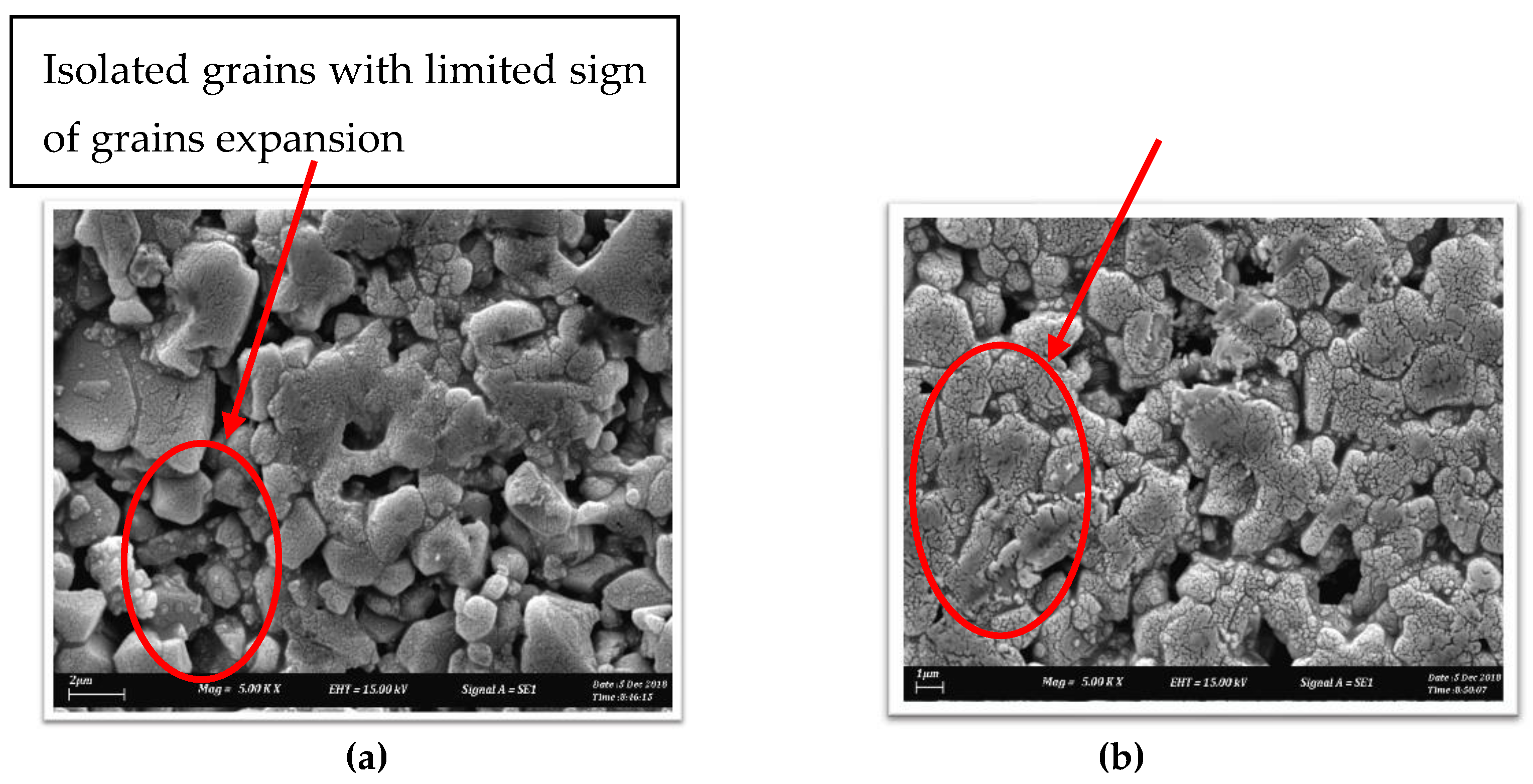
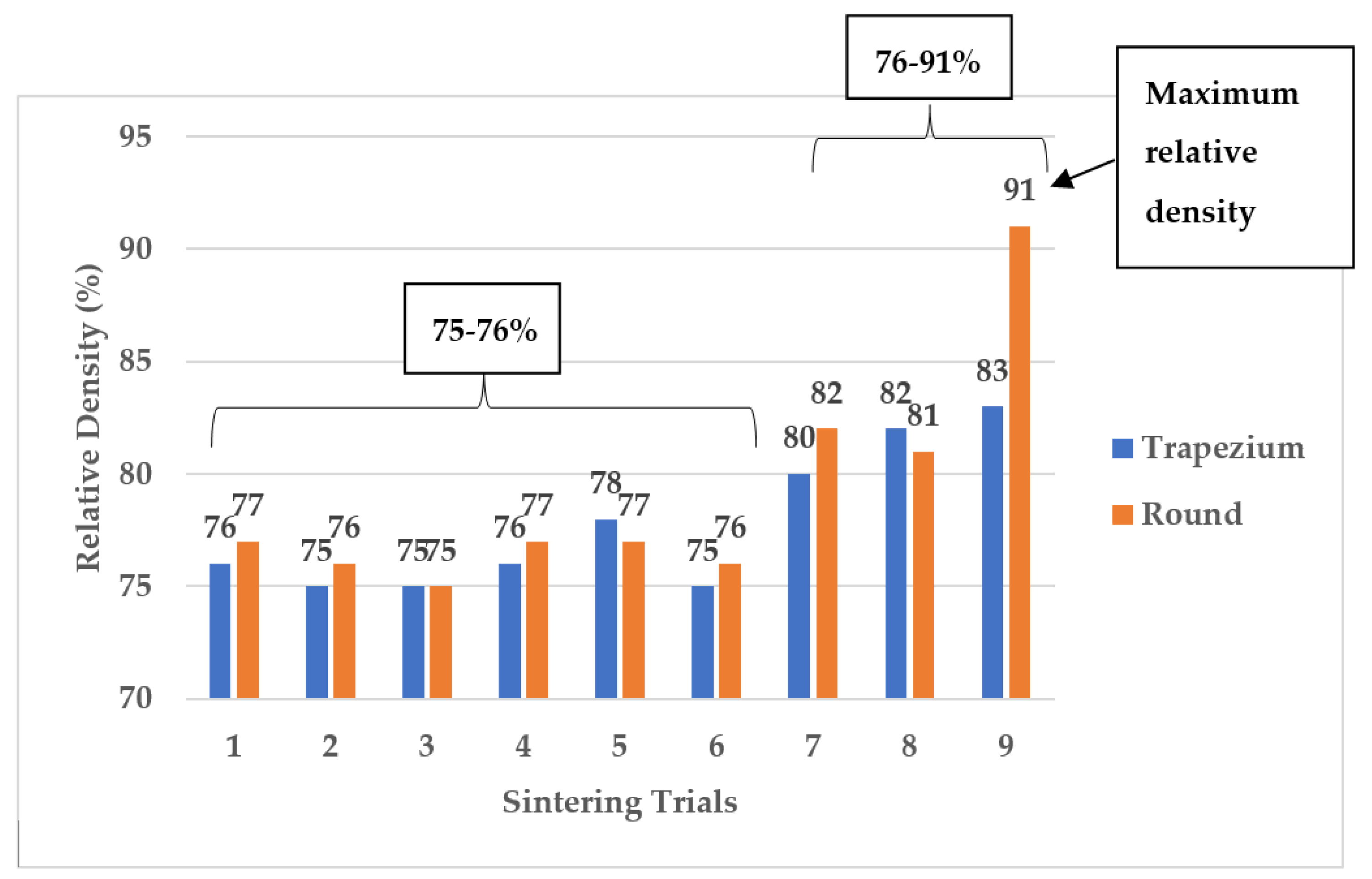
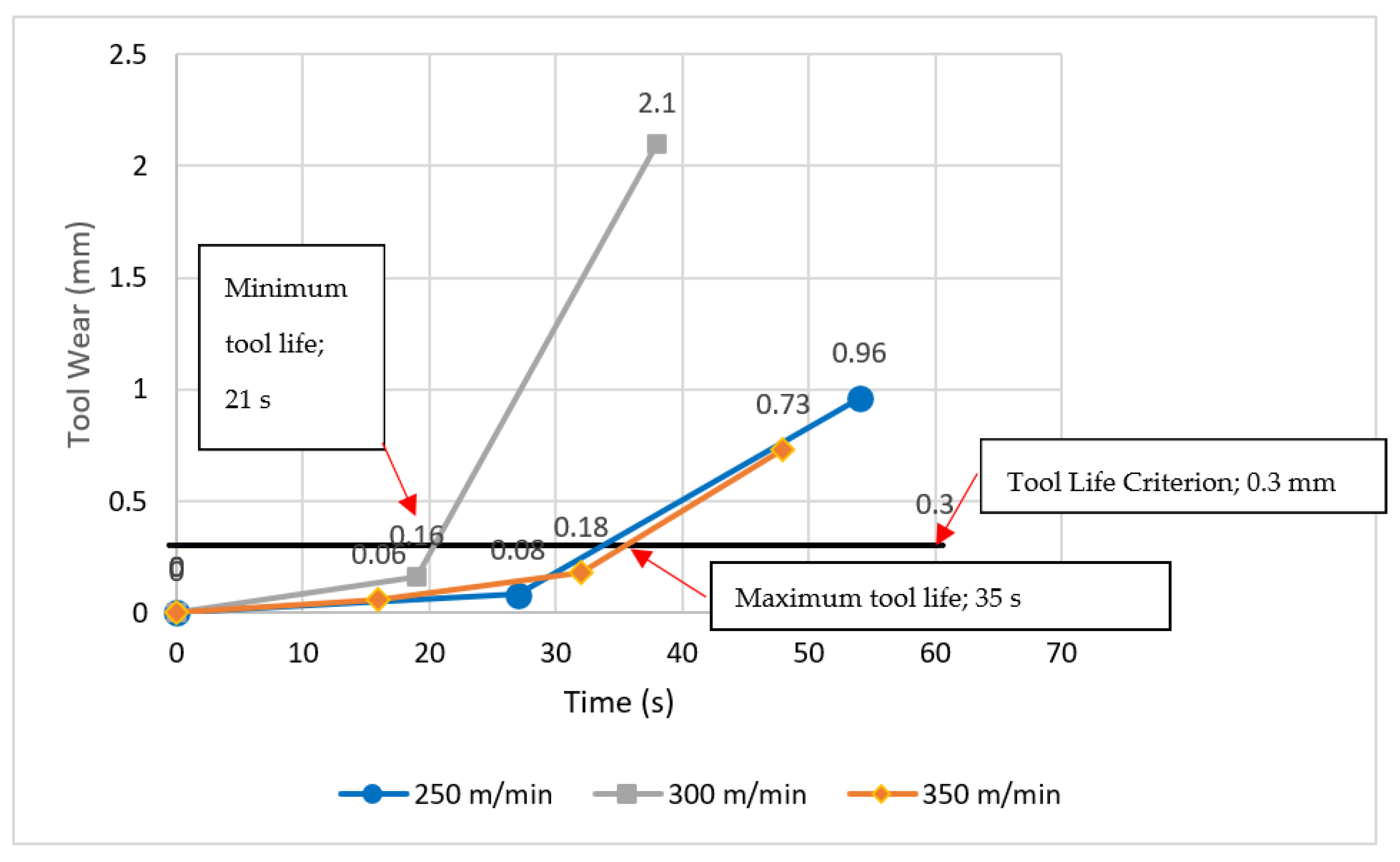

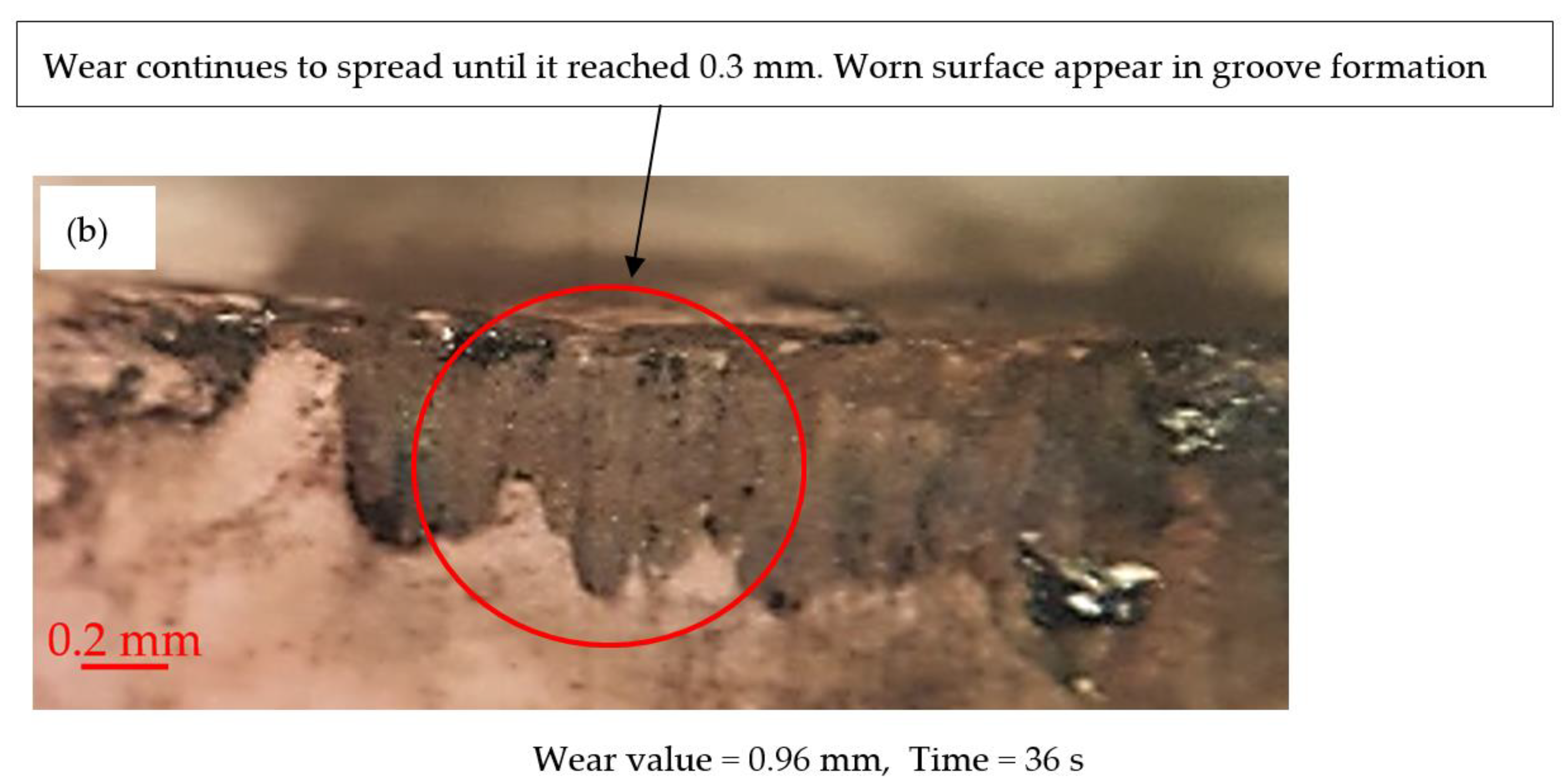
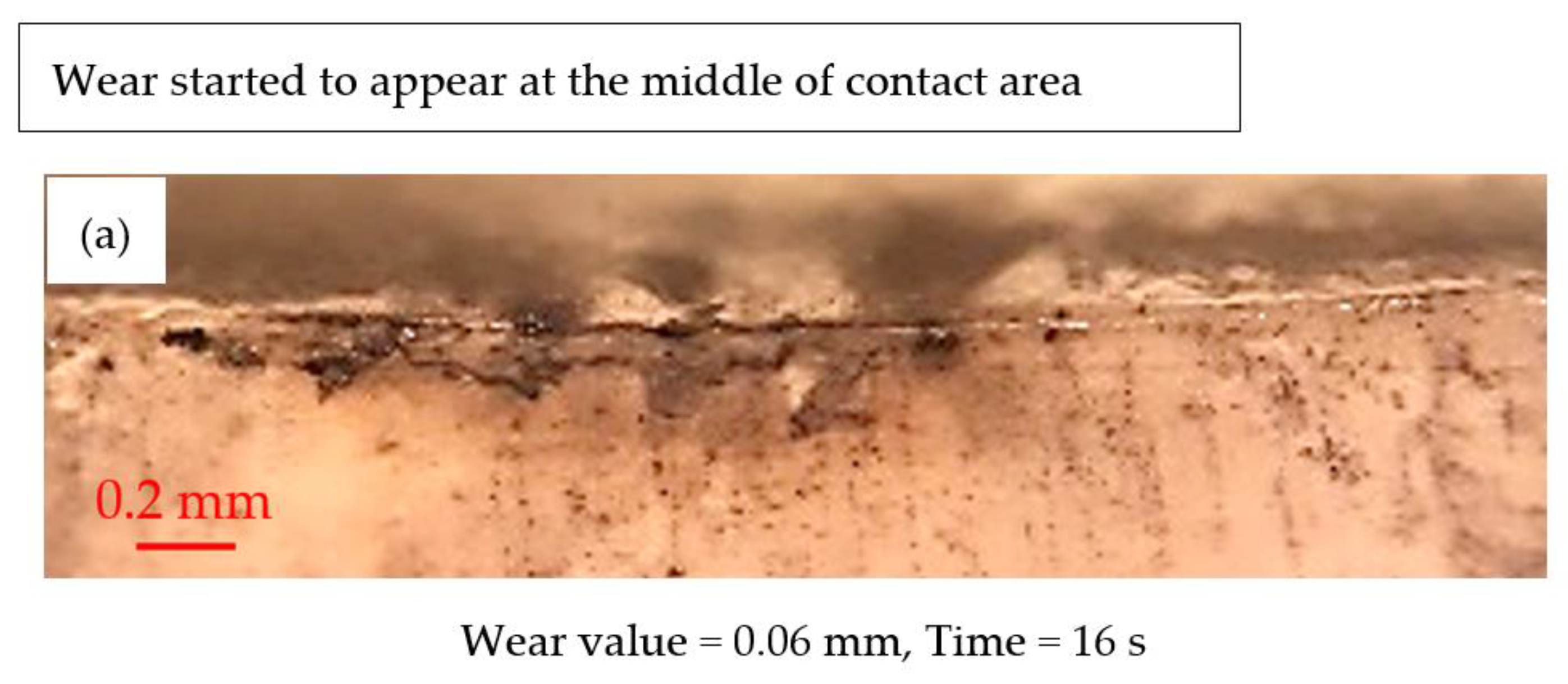

| Properties | Al2O3 | Na2O | Medium Grain Size | Moisture |
|---|---|---|---|---|
| Value | 96% | Max 0.1% | 180–230 um | 0.1–0.3% |
| Samples | Holding Time | Temperature (°C) |
|---|---|---|
| SAMPLE 1 | 5 | 1200 |
| SAMPLE 2 | 7 | 1200 |
| SAMPLE 3 | 9 | 1200 |
| SAMPLE 4 | 5 | 1300 |
| SAMPLE 5 | 7 | 1300 |
| SAMPLE 6 | 9 | 1300 |
| SAMPLE 7 | 5 | 1400 |
| SAMPLE 8 | 7 | 1400 |
| SAMPLE 9 | 9 | 1400 |
| Properties | Phosphorus | Sulfur | Silicon | Manganese | Carbon | Ferum |
|---|---|---|---|---|---|---|
| Value | 0.01 | 0.01 | 0.19 | 0.33 | 0.46 | Balance |
| Machining Parameters | Input Conditions |
|---|---|
| Cutting Speed | 200–350 m/min |
| Feed Rate | 0.15 mm/rev |
| Depth of Cut | 0.5 mm |
Publisher’s Note: MDPI stays neutral with regard to jurisdictional claims in published maps and institutional affiliations. |
© 2022 by the authors. Licensee MDPI, Basel, Switzerland. This article is an open access article distributed under the terms and conditions of the Creative Commons Attribution (CC BY) license (https://creativecommons.org/licenses/by/4.0/).
Share and Cite
Adam, A.A.; Bakar, H.A.; Amani, U.A.; Paijan, L.H.; Wahab, N.A.; Mamat, M.F.; Ali, M.B.; Herawan, S.G.; Ahmad, Z. Effect of Sintering Parameters on the Mechanical Properties and Wear Performance of Alumina Inserts. Lubricants 2022, 10, 325. https://doi.org/10.3390/lubricants10120325
Adam AA, Bakar HA, Amani UA, Paijan LH, Wahab NA, Mamat MF, Ali MB, Herawan SG, Ahmad Z. Effect of Sintering Parameters on the Mechanical Properties and Wear Performance of Alumina Inserts. Lubricants. 2022; 10(12):325. https://doi.org/10.3390/lubricants10120325
Chicago/Turabian StyleAdam, Abdul Aziz, Hadzley Abu Bakar, Umar Al Amani, Lailatul Harina Paijan, Norfariza Ab Wahab, Mohd Fauzi Mamat, Mohd Basri Ali, Safarudin Gazali Herawan, and Zulkifli Ahmad. 2022. "Effect of Sintering Parameters on the Mechanical Properties and Wear Performance of Alumina Inserts" Lubricants 10, no. 12: 325. https://doi.org/10.3390/lubricants10120325





